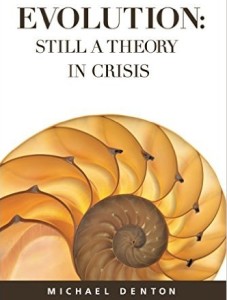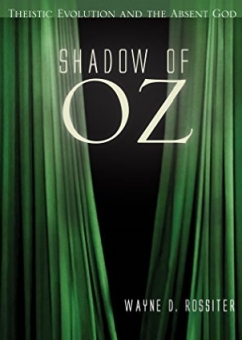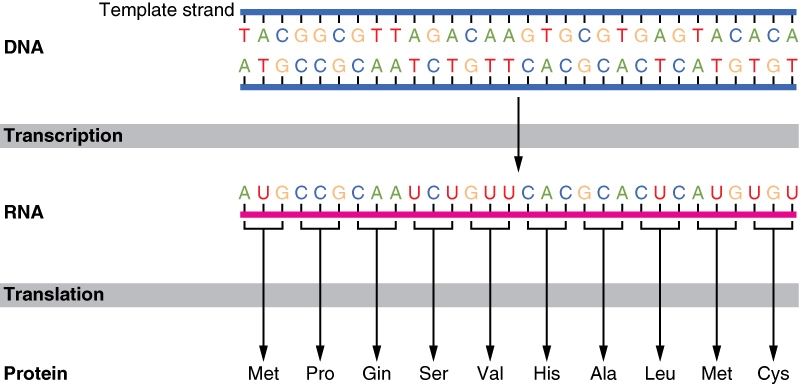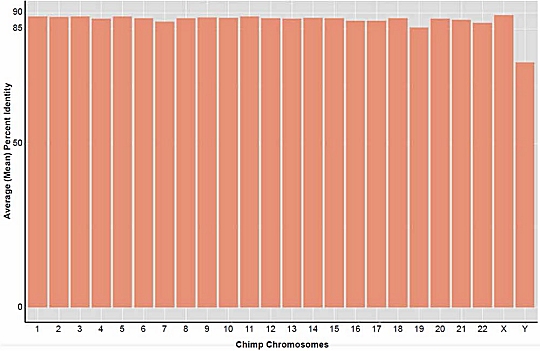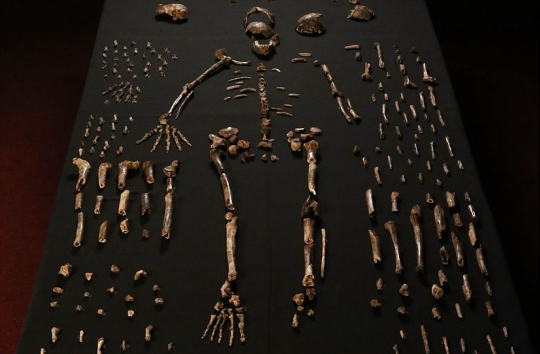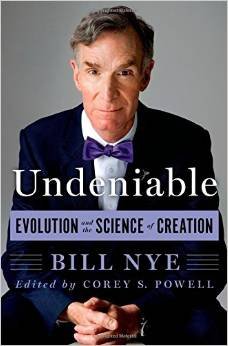
There are times when modern scientists act like members of the Inquisition. Such situations can result in people getting removed from their positions in the scientific community, courses being shut down, scientists being fired, or papers being retracted. (see here, here, here, here, and here). Unfortunately, it has happened again, resulting in another scientific paper being retracted.
The paper, Biomechanical Characteristics of Hand Coordination in Grasping Activities of Daily Living, discussed the results of an experiment that tried to figure out the functional link between the architecture of the hand and its coordination. In the experiment, 30 individuals (15 men and 15 women) with apparently healthy hands were given a glove to wear while performing several mundane tasks. The glove measured the angles of the joints in the hand throughout the time each task was being performed. This allowed the researchers to then determine the degree to which the movements of the hand joints were coordinated.
The researchers found that while some joints (particularly those of the thumb) did move independently of the others, there was an enormous amount of coordination between the joints. The authors note:
This suggests that there is no need for the human hand to control each joint independently. If there was not such biomechanical architecture, such as the separated connection of each articular from a single muscle, it would significantly increase the computational burden of the [central nervous system] to make up for the loss of the biomechanical architecture.
In other words, the joints of the hand are coordinated so that the brain doesn’t have to concentrate on controlling each joint independently when the hand is grasping objects.
Why was this scientific paper retracted? Was there a serious methodological error in the experiment? Was the data analysis incorrect? Did the authors commit some sort of fraud? No. It was retracted because the authors dared to do something that scientists have done throughout the vast majority of human history: They dared to mention the Creator in their scientific work!

